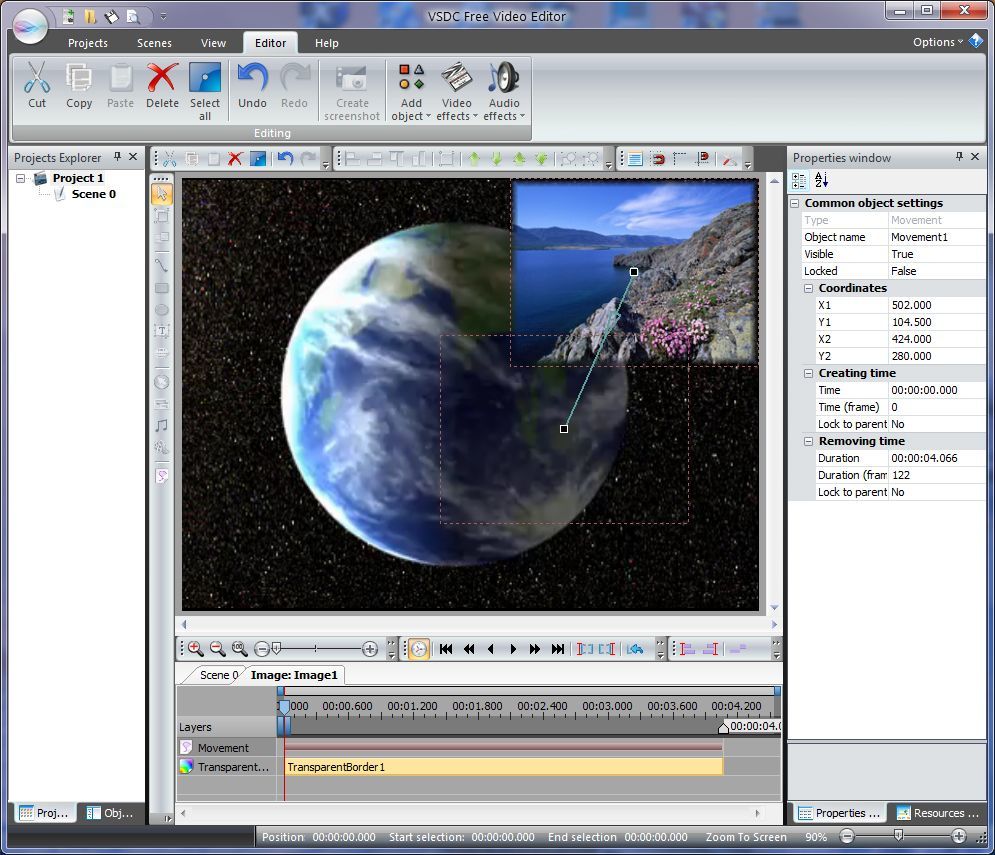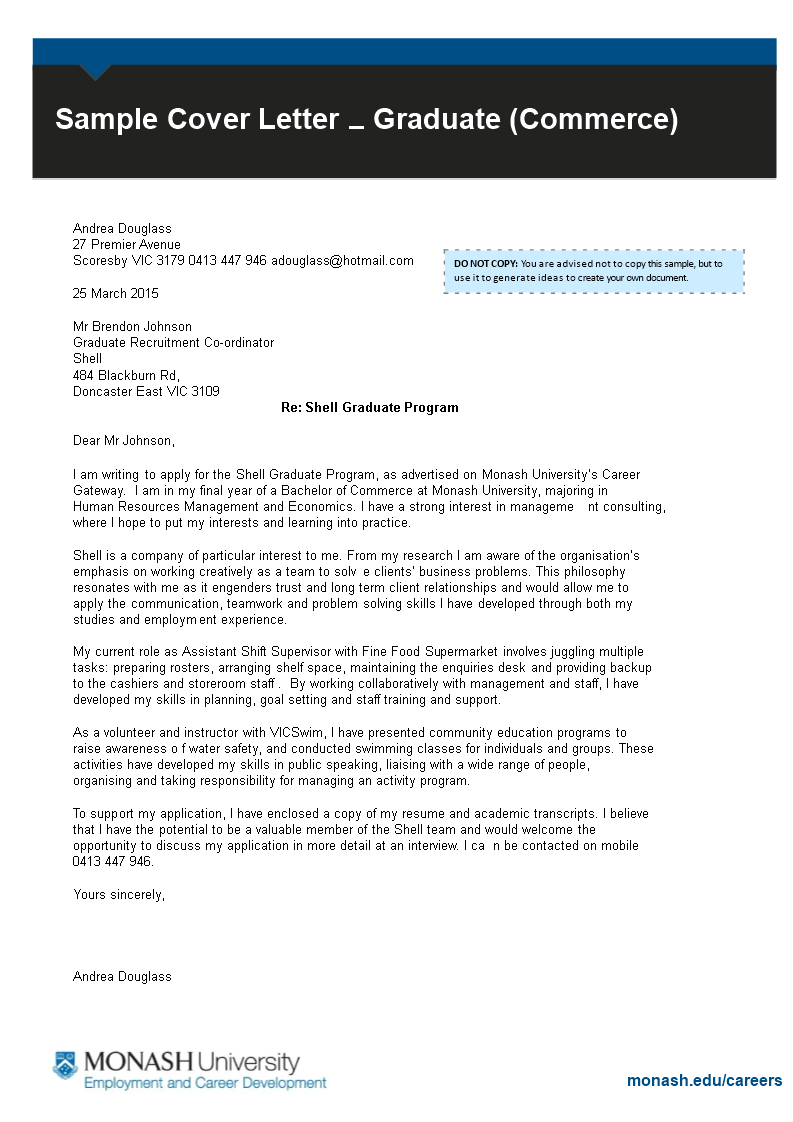
There, you’ll be able to change the effect duration and its position timewise by dragging it with the mouse. A new tab will be created on the timeline – it will contain all the effects applied to the selected object. To apply one, select the video file you want to modify, go to the Video effects tab and choose the necessary effect. They are located on the “Video effects” tab at the top ribbon menu and include quick Instagram-style filters, basic color adjustments, transitions, transformational and transparency effects. Some of them are applied in one click and require no experience. VSDC allows for creating dozens of eye-catching video effects.
#Vsdc free video editor editing software how to#
How to apply effects and transitions in VSDC If your project requires custom angle rotation, check out this detailed instruction. This feature is quite intuitive: click on the file you need to rotate and choose the required direction. Check out this tutorial on cropping borders of a video if you need further guidance.įinally, the quick access menu includes two icons allowing you to rotate your footage 90 degrees clockwise or counterclockwise. A new window will pop up where you’ll be able to select the area that should remain in the scene. If you have recorded too much extra space around the scene object, just click on the file you need to crop and use the cropping icon from the “Cutting and Splitting” menu. A very detailed guide on splitting videos into parts in VSDC is published here.Ĭropping is quite easy too. Keep in mind, that when you need to delete a fragment, you should first click anywhere on the timeline to remove the selection from the entire file (otherwise you’ll delete the file entirely) and then select the fragment you want to get rid of. Now, if you need to split a video into parts, use the next icon – the one looking like a razor. Place the cursor precisely where you need to make a cut, open the dropdown cutting menu (the little triangle near the scissors icon) and choose “Trim start” or “Trim end”. It’s especially convenient when you need to trim the beginning of a video or its ending.

The first icon is an image of scissors – the cutting tool. It’s located at the top of the program interface and called “Cutting and Splitting tools” – see the illustration below. The reason these features are united in one chapter – they all are available in the same quick-access menu. How to cut, split, crop, and rotate a video in VSDC Still feeling a bit confused? Check out this video tutorial to get a hang of VSDC timeline. Keep in mind that you can have files on the same layer (linear sequence) or on different layers (non-linear sequence). The “Insert new layer” option will add one right below the selected layer.Įach time you select a file on your computer, it’s automatically placed on the timeline. If you select “Add a new layer”, the new layer will be added at the very top. The latter allows you to choose whether the file should be added as a new layer or placed on the current one. Note that when you add a new file this way, a window pops up to confirm object’s position settings and layer’s position. To do it, use the dedicated “Add object” buttons located at the top and on the left-hand side of the program menu - see the illustration below. You can also add files to your project in real-time while working on it.

After you choose a file on your PC, a window will pop up asking whether you’d like to change resolution, framerate, or other parameters.

This is an optimal way because VSDC will automatically detect all the parameters of your video and adjust the project parameters accordingly. First, you can use the “Import content” icon on the start screen when you launch the program (illustrated above). There are several ways to import files to VSDC.
#Vsdc free video editor editing software Pc#
So, prepare yourself a large mug of coffee (or whatever helps you stay focused), sit back, and launch VSDC on your PC to practice new skills right away.īy the way, we encourage you to always make sure you’ve installed the latest version of VSDC from our official website.

We’ll show you how to perform the most essential basic actions in VSDC: cutting, cropping, rotating, and more. And that’s exactly what we’ll cover below. Especially if you’ve never worked with a non-linear video editor before. On the other hand, before you jump into exploring all these fancy video editing tricks, you’ll need to get familiar with the basics. Partly because of the non-linear video editing technique it allows for using, and partly because of its mighty feature-set (have you checked our color correction tools yet? Masking? Animation?). When we talk about VSDC, we like to describe it as a professional-level video editing software.


 0 kommentar(er)
0 kommentar(er)
